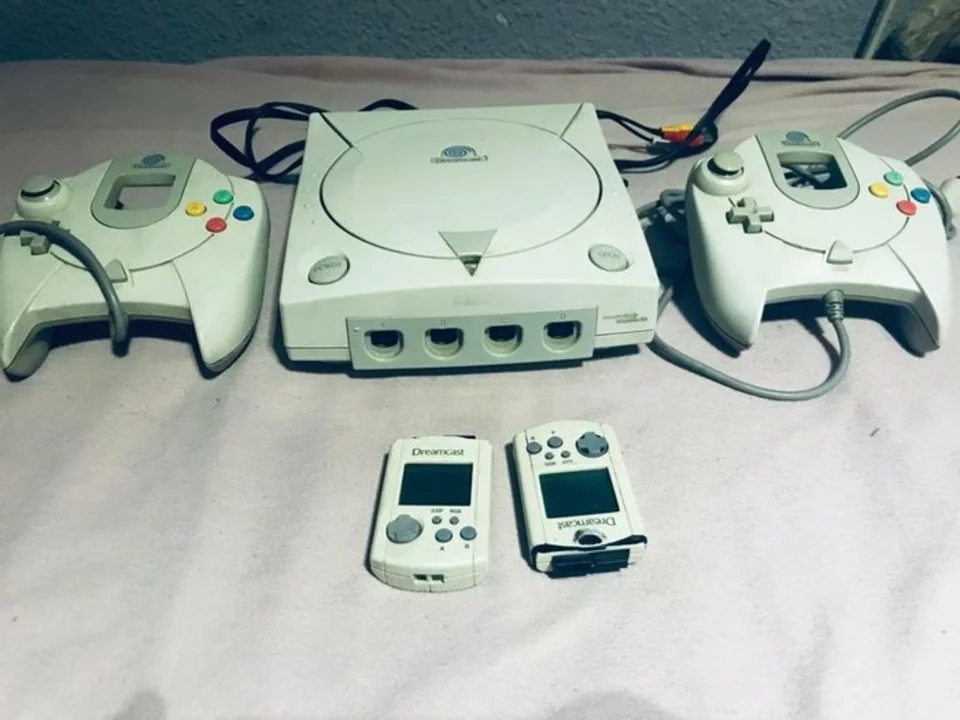Retro Gaming and Technology: Easy Setup Tips for Classic Consoles
Want your old console to work with an equally old TV? You're in the right place. This page gives clear, practical steps to hook up systems like the Dreamcast, NES, SNES, and PlayStation to CRTs or early flats. No fluff—just what you need to get playing.
Basic connections: what to check first
Start by identifying the cable your console uses. Most Dreamcasts and 90s consoles use composite (yellow video, red and white audio) or S-Video. If your TV has those ports, plug them in, set the TV to the matching input, and power both devices. If the TV only has an RF coax input, use an RF adapter or the console's RF switch to tune to the right channel—usually channel 3 or 4.
If you see a scrambled picture or no picture at all, try reseating the cable on both ends. Cables fail more than you think. Swap cables or try a different port on the TV. That simple step fixes a lot of problems fast.
Better picture and common upgrades
Want a cleaner image? If your Dreamcast supports a VGA box, and your display accepts VGA, you’ll get a sharper 480p picture. Older CRT TVs won’t take VGA, but many European sets take SCART, which gives better colors than composite. For modern screens, use an upscaler like OSSC or RetroTINK—these convert analog signals to a digital format with low lag.
If the TV’s audio is too quiet or one speaker is dead, test stereo balance by swapping the red and white audio plugs. If sound is missing entirely, double-check the audio cable and the TV’s volume and audio input settings.
Region and power tips: region mismatches can prevent video from displaying properly. A console from another region might need a region switch or a different video mode. Also check the power supply—if the console won’t turn on, test the power brick or try another outlet. Look for the console’s power LED; no light often means a PSU issue, not video.
Cleaning and maintenance: dirty cartridge pins or disc heads cause freezing or poor image. Use isopropyl alcohol and a cotton swab for contacts, or a lens cleaner for discs. Don’t open the console unless you know what you’re doing—replace capacitors only if you’re comfortable with soldering and safety precautions.
Troubleshooting checklist: 1) Confirm cables match the TV inputs. 2) Try another cable or TV. 3) Check power and LEDs. 4) Swap audio plugs to test sound. 5) Consider an adapter (SCART, RF, VGA) or an upscaler for modern displays. If none of this works, a quick photo of the setup helps when asking for help in forums.
Getting old hardware running can be quick and satisfying. Try the simple fixes first, then move to upgrades like VGA boxes or upscalers if you want sharper image or to use modern screens. Ready to boot up that Dreamcast and hear the startup chime? You’re closer than you think.
How to set up my Dreamcast console with an equally old TV?
Setting up my Dreamcast console with an equally old TV may seem like a daunting task, but it's actually quite easy. First, I need to locate the AV cable and connect it to the appropriate ports on both the Dreamcast and the TV. Next, I'll plug in the power cable and make sure my TV is set to the correct input channel. Once everything is connected, I can turn on the Dreamcast and enjoy some nostalgic gaming. It's amazing how simple this process is, even with older technology!

 Cricket
Cricket